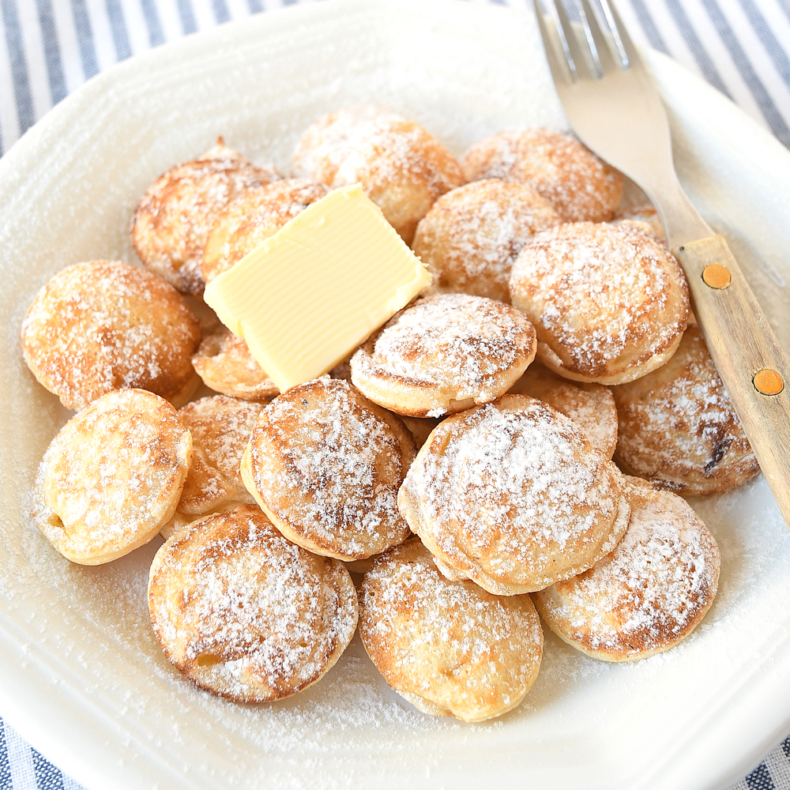
Can I make royal icing without egg white powder?
Yes! You can replace the egg white powder with pasteurized egg whites (about 2 egg whites for this recipe). Avoid raw egg whites because of the risk of salmonella.

Royal icing makes your cookies so much more cheerful and appealing. The best part? You only need a few simple ingredients to make it!
Baking cookies is always fun right? But making them look extra pretty with this easy royal icing recipe is even more fun.
You can keep it simple or go for really intricate designs. The choice is yours. This recipe is easy to make and can even be used to build and decorate gingerbread houses.

Making royal icing is quite easy. You just add all the ingredients to the bowl of a food processor or mixer and on low speed mix it together.
With this recipe you will get a thick consistency that will hold up well for making outlines on your cookies.
If you want something a bit thinner to fill in the lines, you simply add more water to the mixture. Do this a little bit at a time to get the right consistency.
They’re very similar, but not quite the same:
In most royal icing recipes, you can substitute meringue powder for egg white powder. Just keep in mind that the ratio may differ slightly depending on the brand.
For example, Wilton recommends about 4 teaspoons of meringue powder + 4 teaspoons of water to equal 1 egg white.
Because meringue powder has added sugar/starch, the texture may be a little different compared to pure egg white powder.

If you’re going to decorate cookies with royal icing, you’ll need piping tips. In the photo above I used Wilton tips #1 and #3. Since I often get questions about which tips I use, here’s a quick overview of my favorites:
Of course, there are many more tips you can try, but these are the ones I reach for most often when decorating cookies. If you’re looking for an easy recipe for cookies that are perfect for decorating, try my sugar cookies or these chocolate sugar cookies.
A common question I get: Can I make royal icing without egg white powder? Usually, this comes up because egg white powder isn’t always available in supermarkets or grocery stores. You can, however, easily buy it online or at specialty cooking shops.
Technically, you can replace it with fresh egg whites – but I don’t recommend using raw egg whites because of the risk of salmonella. These days, pasteurized egg whites are widely available in grocery stores, and that’s a great option.
For reference: the amount of egg white powder in the recipe below is equal to about 2 egg whites. If you’re using actual egg whites, you’ll need little to no extra water (since 10 g/0.35 oz egg white powder + 60 ml/4 tbsp liquid = about 2 egg whites).
Yes! You can replace the egg white powder with pasteurized egg whites (about 2 egg whites for this recipe). Avoid raw egg whites because of the risk of salmonella.
Not exactly. Egg white powder is pure dried egg whites, while meringue powder also contains sugar, cornstarch, and stabilizers. You can substitute meringue powder, but check the package for conversion ratios.
Do the “spoon test”: let a spoonful of icing fall back into the bowl. If the surface smooths out in about 10 seconds, it’s “10-second icing.” Around 20 seconds means “20-second icing,” which is great for both outlining and flooding. It takes some practice to learn what you prefer.
Use gel or paste food coloring – these give vibrant colors without thinning the icing (too much). Add a little at a time until you reach the shade you want. Keep in mind that some colors will get more intense after you let it rest for a while.
Royal icing keeps for up to 1 week in an airtight container at room temperature. Stir before using, as it may separate a little. If you use fresh egg whites, store the icing in the fridge.
Yes, you can freeze royal icing for up to 3 months. Store in an airtight container or piping bags. Thaw in the fridge overnight and stir well before using.
Add more powdered sugar, a little at a time, until you reach the right thickness.
Mix in a few drops of water at a time until it loosens to the desired consistency.
Links in this article may be affiliate links. If you purchase something through such a link, I will receive a small commission, without you paying anything extra.